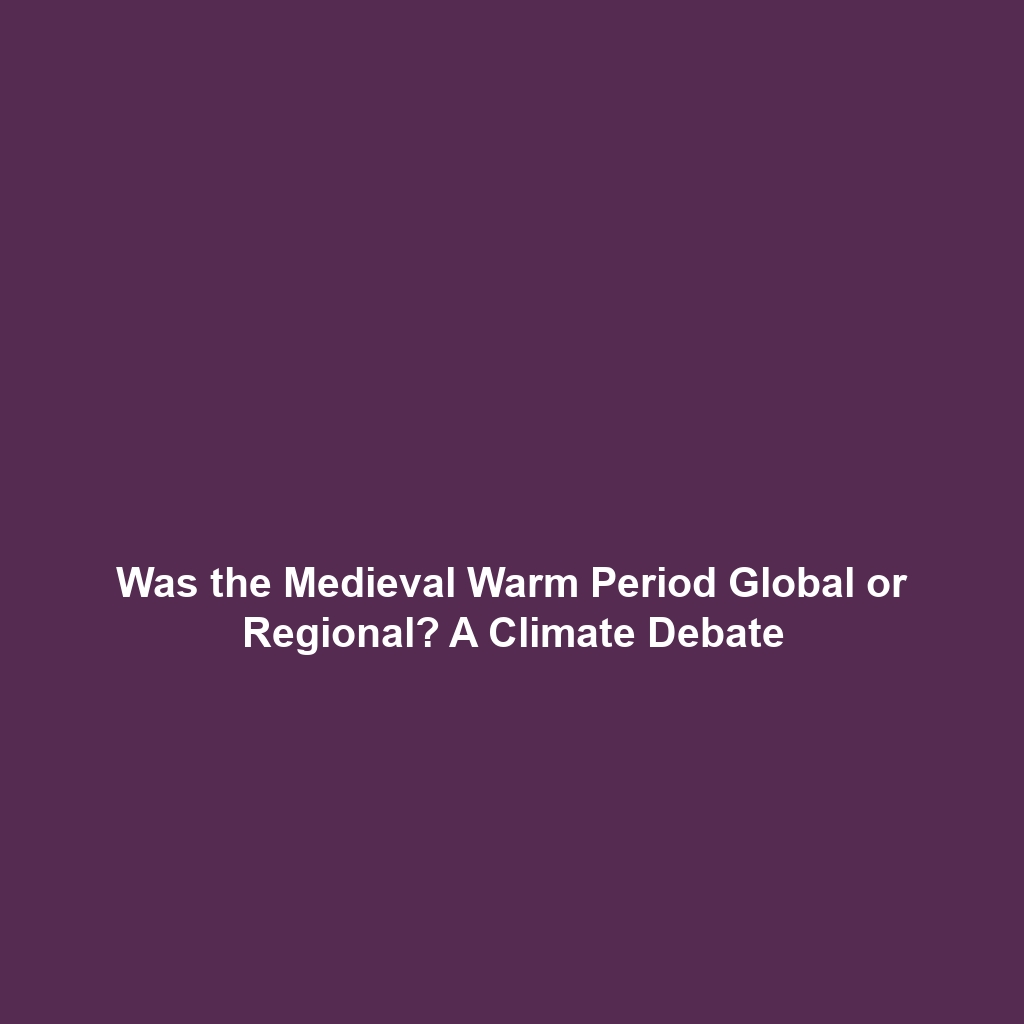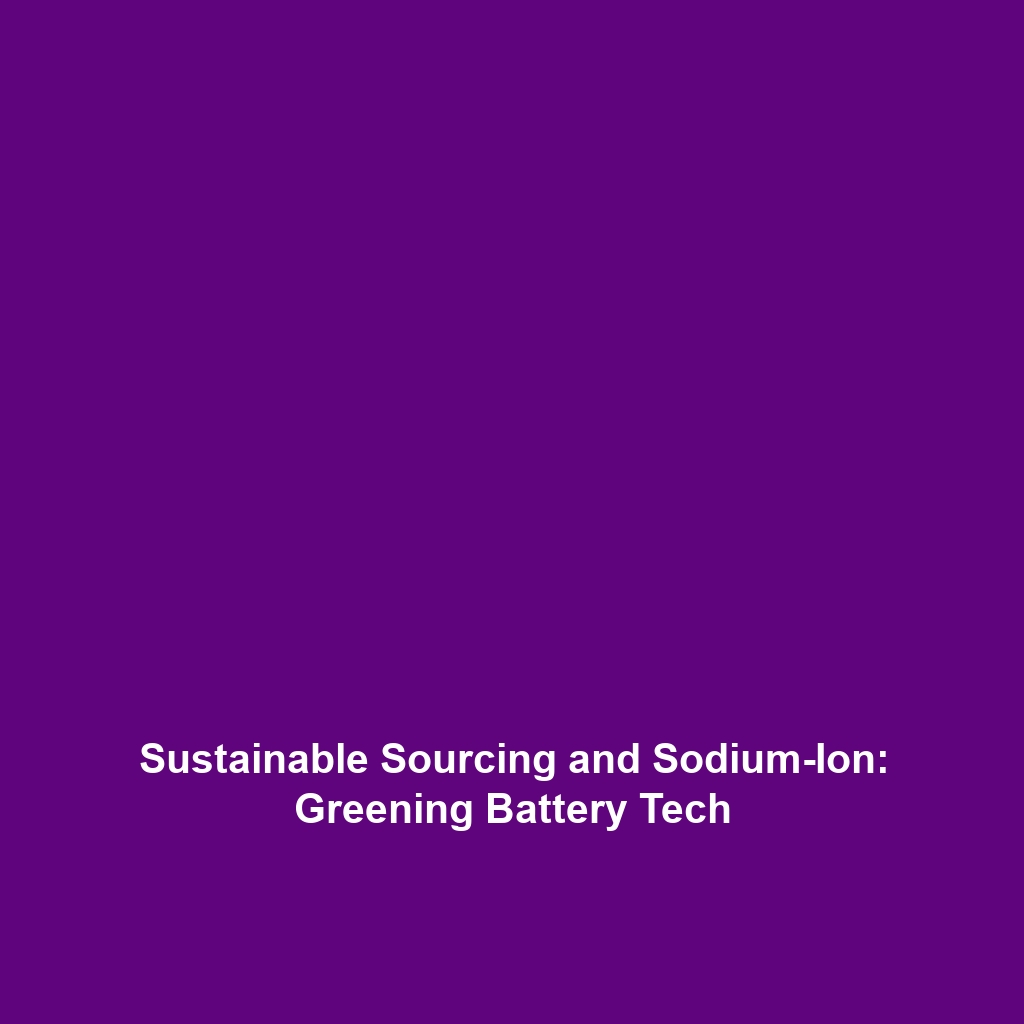The Anthropocene Debate: Industrial Revolution vs. Early Human Agriculture
Introduction:
The debate regarding the inception of the Anthropocene epoch is a pivotal discourse in climate history. Scholars and scientists are divided over whether this significant period began with the Industrial Revolution in the late 18th century or with the advent of early human agriculture around 10,000 years ago. Understanding the timing of the Anthropocene is crucial for ecological studies, policy-making, and public awareness of human influence on the planet. This discussion not only impacts our understanding of historical climate changes but also shapes future conservation efforts and sustainability practices.
Key Concepts
Several major concepts pertain to the debate over the beginning of the Anthropocene:
- Anthropogenic Impact: The term ‘Anthropocene’ denotes the significant impact humans have had on Earth’s geology and ecosystems.
- Industrial Revolution: This period marked widespread industrialization, which led to increased greenhouse gas emissions, resource depletion, and significant environmental changes.
- Early Human Agriculture: The transition from foraging to farming fundamentally altered land usage, biodiversity, and ecosystems, suggesting a longstanding human impact on climate long before industrialization.
These concepts illustrate the complexity and the importance of timing in climate history, as they influence how we perceive human responsibility in the current climate crisis.
Applications and Real-World Uses
Understanding when the Anthropocene began has several significant applications, particularly in the realm of climate history:
- Policy Development: Insights from the debate inform climate policies aimed at mitigating human impact.
- Conservation Strategies: Recognizing early agricultural impacts allows for better conservation techniques aimed at preserving biodiversity.
- Public Awareness Campaigns: Educational initiatives can emphasize the long-standing human influence on climate and its implications for future generations.
These applications highlight how understanding the origins of the Anthropocene enhances our approach to climate history and environmental stewardship.
Current Challenges
While the debate over the Anthropocene provides important insights, it also presents several challenges:
- Interdisciplinary Disagreement: Disparate fields may yield conflicting viewpoints on the evidence and significance of human impact on climate.
- Data Limitations: Historical climate data is often sparse or ambiguous, complicating the establishment of a clear timeline.
- Public Perception: There may be a lack of public understanding regarding the implications of this debate, which can hinder effective policymaking.
Addressing these challenges is vital for furthering our understanding of the Anthropocene within climate history.
Future Research and Innovations
Future research initiatives related to the Anthropocene are poised to see several innovations:
- Longitudinal Studies: Enhanced climate modeling techniques may provide clearer insights into historical climate shifts associated with human activities.
- Genetic Research: Understanding shifts in biodiversity tied to early agriculture could lead to breakthroughs in sustainable practices.
- Technological Advancements: Next-gen technologies will facilitate more accurate data collection and analysis, further enlightening the human impact narrative within climate history.
These research areas hold promise for deepening our comprehension of the Anthropocene and its implications for future climate action.
Conclusion
The debate surrounding the beginning of the Anthropocene—whether it commenced with the Industrial Revolution or with early human agriculture—is vital to understanding our environmental legacy. As we explore these timelines, we gain insights that shape our current strategies for addressing climate change. It is essential to engage with this discourse as we aim to mitigate future environmental consequences. For further reading on related topics, check our articles on climate change adaptation strategies and sustainable agricultural practices.

